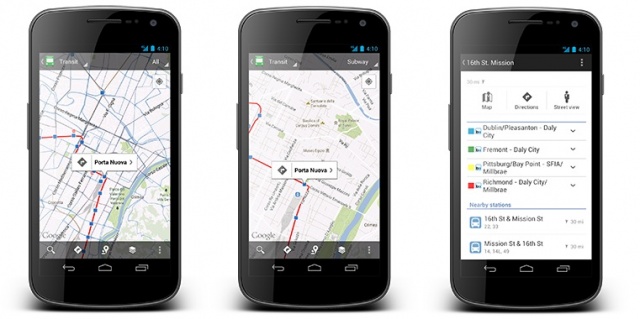Here Is Why It Takes So Long For Android Phones To Get Software Updates
One of the biggest complaints about Android, is that Google will announce a new version of Android, but then it takes over six months for that software to actually get on your phone. What gives?
The guys over at Gizmodo decided to talk to both manufacturers and wireless carriers to find out what’s the hold up. It seems like a software update would be a pretty straightforward process, but what they found was a myriad of problems that can take months to answer before your Android phone gets an update.
With each Android update there are three processes that have to completed. First, the chip-makers have to create new code that allows the new Android to communicate with your smartphone’s chips. There are a ton of different chipmakers in the Android ecosystem, so each one takes more time to develop that code, but it usually takes about a month of two.
Once the first step is completed, then it’s the manufacturers turn to fix things up. Samsung, HTC, LG, and Motorola have to custom-tailor the new Android update to each of their phones. Each phone has different components and features, so this part takes up a lot of time.
One misconception is that the process would be faster if the manufacturers didn’t put their own skins on Android, but that’s not accurate. Even if Samsung didn’t use it’s TouchWiz UI on Jelly Bean, it would still have to sync up the software with the hardware components, and it takes about six to eight weeks no matter what the UI looks like.
After the manufacturers have got Android all ready for their devices, the last part of the process is ready to beging – getting approval from the carriers. The wireless carriers are the biggest hold up in the Android update process, but it’s not their fault. You see, before a software update can be unleashed on the world, a carrier has to test it on all of their phones to make sure it’s safe, and that takes months.
“The wireless carriers have to test not only every single new phone they plan to offer, but also every software update to every phone that they are already carrying. Simply put, they have to be certain that the phone will work on their network as advertised.”
The carriers take the smartphones and test them extensively for months to make sure that the update won’t bork people’s phones. Because the entire process takes so long, and requires so much manpower, that a lot of older smartphones get neglected while the carrier is busy testing the newest smartphone that they’re advertising.
“I can tell you that when we release a new product to carriers, we can have it running in our labs for six months before it’s released by the carrier,” says HTC’s Bamford. “It can take a long time.” T-Mobile’s Young confirmed that it is typically three to six months from the time they get the new software until it goes live. Simple addition, then, will tell you that it may be as much as nine months for that new software to make it to your device, and that’s only if the manufacturers and carriers agree that it’s worth devoting the time and resources to update it at all.
The entire process is pretty fascinating, especially when you consider that Apple has to go through the same carrier testing phases for iOS, but they’ve managed to make it appear as though the process is happening faster.
To learn more on the Android update process, and to find out how it could be fixed, head over to Gizmodo and read the whole article.
- SourceGizmodo



